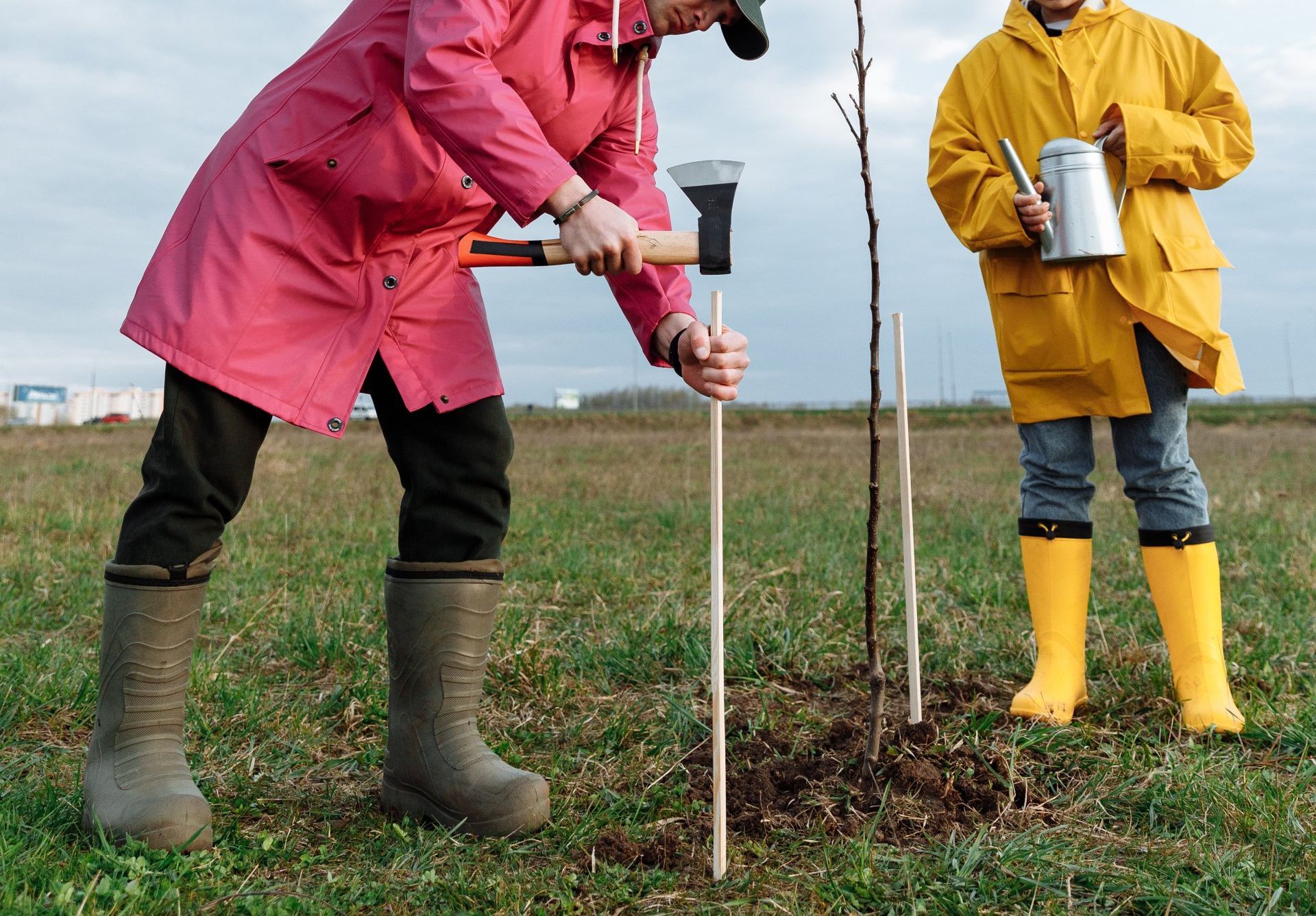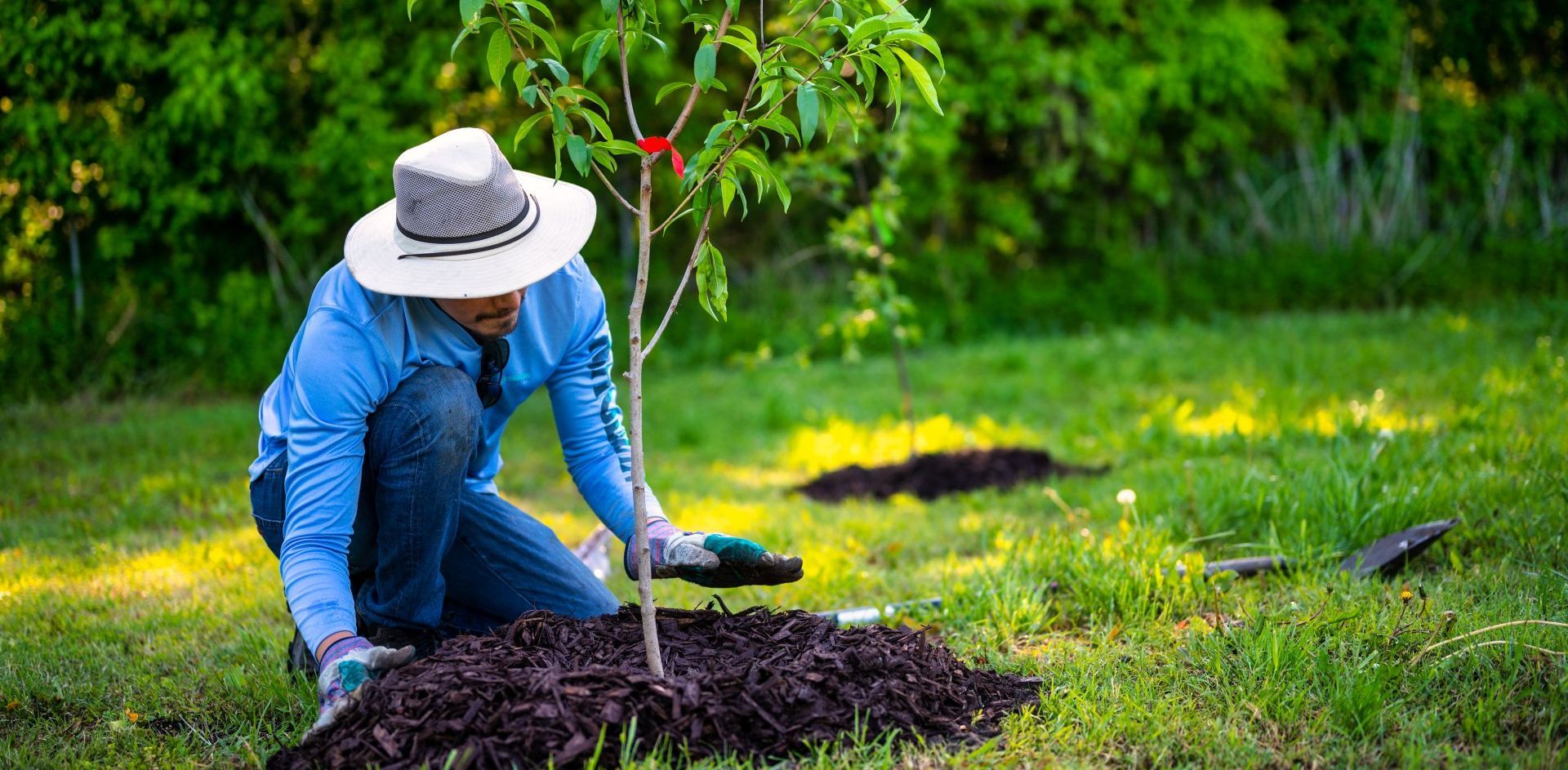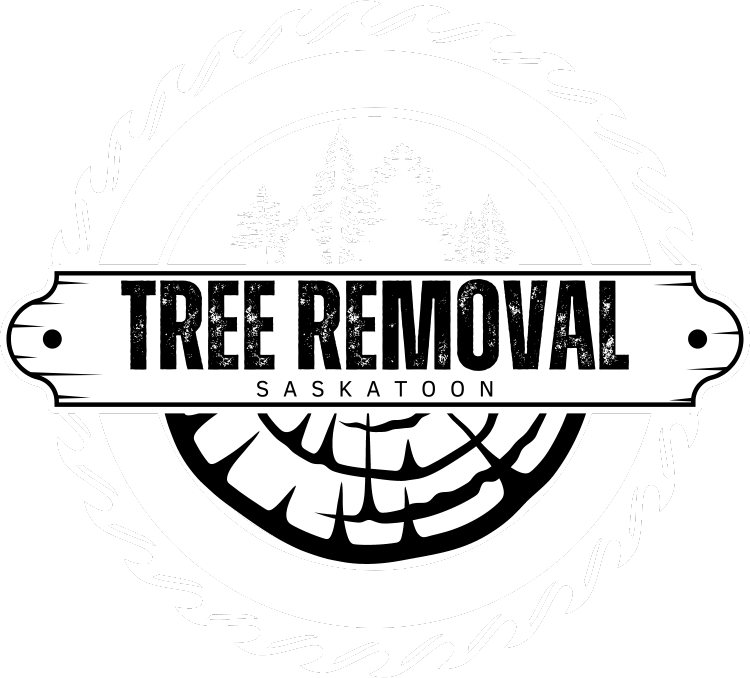How Not to Plant a Tree
Planting a tree might seem straightforward, but common mistakes can hinder its growth and health. Understanding what not to do is just as important as knowing the right steps. This guide highlights common errors in tree planting and how to avoid them, ensuring your new tree has the best start.
Choosing the Wrong Location
One of the biggest mistakes is planting a tree in an unsuitable location. Factors to consider include:
Assessing Sunlight Needs:
- Research the specific sunlight requirements for your chosen tree. You can consult with local tree nurseries, or use online resources like university agricultural extensions. Consider the sun's path across your property throughout the day to choose a spot that matches the tree’s sunlight needs.
Understanding Soil Type:
- Conduct a soil test to determine the texture, pH, and nutrient content of your soil. Soil test kits are available at garden centers, or you can seek a professional soil test through local agricultural services. Once you know your soil type, choose a tree species that is known to thrive in those conditions. Again, local nurseries or online horticultural resources can guide you in selecting the right tree for your soil.
Considering Space Constraints:
- Understand the mature size of the tree – both in terms of height and root spread. This information can be found in gardening books, from nursery professionals, or on reputable gardening websites. Ensure there is adequate space for the tree’s full growth, keeping in mind its proximity to buildings, underground utilities, and overhead power lines. Utilize online tools or consult with an arborist or landscape designer to help visualize how the tree will fit into your space as it grows.
In each case, the key to success lies in doing your homework before you plant. Leveraging expert advice from tree nurseries, utilizing online gardening resources, and understanding the unique aspects of your property will help you avoid the pitfalls of choosing the wrong location for your tree. A well-planned location ensures your tree will grow healthy, strong, and beautiful, contributing positively to your landscape.
Ignoring Mature Size
One of the most critical yet often overlooked aspects of tree planting is considering the tree's mature size. Failing to account for how large a tree will grow can lead to a range of problems in the future:
- Crowding and Competition: Planting a tree without considering its full-grown size can lead to overcrowding as it matures. Trees too close to each other will compete for sunlight, water, and nutrients, potentially stunting their growth and leading to unhealthy, weak trees.
- Damage to Property: A tree planted too close to a home or other structures can cause substantial damage as it grows. Its roots can disrupt foundations, sidewalks, and driveways, while overhanging branches can pose a risk to roofs, power lines, and other overhead structures. The cost of repairs and maintenance due to such damage can be significant.
- Impeding Access and Views: A tree that grows larger than expected can block pathways, driveways, or even streets, creating accessibility issues. Additionally, it can obstruct views from windows or decks, affecting the enjoyment and potentially the value of your property.
- Increased Maintenance Costs: Larger-than-anticipated trees might require more frequent pruning to manage their size, shape, or to prevent branches from encroaching on unwanted areas. This can lead to increased maintenance costs over time.
- Risk of Tree Removal: In extreme cases, if a tree's size causes insurmountable problems or poses a safety risk, removal might be the only option. Tree removal can be costly and may also have emotional or aesthetic impacts on your landscape.
Preventive Measures:
- Research the species you are interested in to understand its growth habits and mature size. This information is often available from nurseries, gardening books, or reputable online gardening resources.
- When selecting a location for planting, visualize the tree at its full size and consider how it will interact with its surroundings. Allow ample space for the tree to grow in all directions – upwards, outwards, and below ground.
- If space is limited, consider choosing a smaller species or a dwarf variety that will better fit the available space.
By carefully considering the mature size of a tree before planting, you can avoid these potential issues and ensure that your tree becomes a beneficial, beautiful, and integral part of your landscape for years to come.

Sub-Optimal Planting Depth and Watering Practices
Two crucial factors that significantly impact the health and growth of your trees are planting depth and proper watering. Here’s what you need to know to get these right for most tree types found in Saskatoon:
Planting Too Deep:
- Consequences: Planting a tree too deeply can lead to root suffocation, reduced oxygen supply, and increased susceptibility to diseases. Trees struggling to reach the surface expend more energy on upward growth, which can delay overall development and establishment.
- General Tips: As a rule of thumb, the root flare (where the roots spread out from the trunk) should be at or just above ground level. After placing the tree in the hole, backfill with soil and gently tamp it down to eliminate air pockets. Avoid piling soil up against the trunk which can lead to moisture retention and rot.
Over or Under Watering:
- Consequences: Overwatering can cause root rot and fungal growth, while underwatering, especially during the first few years, can lead to poor root development and stress the tree.
- General Tips:
- For most trees in Saskatoon, a deep watering once a week is sufficient. The goal is to moisten the soil to a depth of 6-10 inches to encourage deep root growth.
- Use a slow, steady watering method like drip irrigation or a soaker hose to ensure deep water penetration.
- Adjust your watering schedule based on weather conditions; less frequent watering may be needed during rainy periods and more frequent during dry spells.
- Mulching around the tree can help retain soil moisture and regulate soil temperature, but remember to leave some space around the base of the trunk.
Both planting depth and watering are about finding the right balance. Trees in Saskatoon, from hardy maples to elegant birches, thrive when given the right foundation from the start. By ensuring you plant at the correct depth and follow a consistent, appropriate watering regimen, you can set your trees up for a lifetime of health and growth.
Improper Mulching and Staking Techniques
In the diverse urban and suburban landscapes of Saskatoon, proper mulching and staking play pivotal roles in the health and stability of your trees. Let’s delve into these crucial practices:
1. Neglecting Proper Mulching:
- Consequences: Improper mulching can lead to moisture retention against the trunk, causing rot, or it may create a habitat for pests. It can also suffocate the roots if applied too thickly.
- Correct Mulching for Saskatoon Trees:
- Method: Apply a layer of mulch around the base of the tree, but keep it a few inches away from the trunk. This prevents moisture buildup against the bark.
- Depth and Spread: The ideal mulch depth is 2-4 inches, and it should spread out to the tree’s drip line, the area directly under its outermost branches.
- Mulch Material: Organic mulches, like wood chips or shredded bark, are beneficial as they decompose and enrich the soil. This is particularly helpful for Saskatoon's commonly planted trees, such as American Elm, Green Ash, and various species of Maple and Oak.
2. Failing to Stake Correctly:
- Risks: Incorrect staking can hinder a tree's development, leading to weaker trunk growth and increased susceptibility to wind damage.
- Staking Trees in Saskatoon:
- When Necessary: Staking is generally needed for young trees or those planted in windy areas. However, it’s not always required. Observe the tree's stability and only stake if it can’t stand upright on its own.
- Method: Use two stakes placed on opposite sides of the tree, and attach them with loose, broad straps. The straps should allow some movement as this promotes stronger trunk development.
- Duration: Remove the stakes after one or two growing seasons, as prolonged staking can weaken the tree.
In Saskatoon, where weather conditions can vary, these practices are particularly important for ensuring the health and stability of young trees. Whether you're planting a hardy Amur Maple, a beautiful Birch, or a sturdy Pine, proper mulching and appropriate staking are key steps in establishing a resilient and thriving tree in your landscape.

Growing Strong: Steering Clear of Tree Planting Errors
In summary, understanding how not to plant a tree is as crucial as knowing the correct methods. By avoiding common pitfalls such as choosing the wrong location, ignoring a tree’s mature size, planting too deep, improper watering, neglecting mulching, and incorrect staking, you set the stage for your trees to thrive. Remember, the key to successful tree planting lies in careful planning, understanding the specific needs of your chosen tree, and ongoing care and attention.
If you're about to embark on planting a tree and feel uncertain about the process, or if you'd like guidance on selecting the right tree for your landscape in Saskatoon, Tree Removal Saskatoon is here to assist. Our team of experienced arborists can provide you with expert advice, ensuring that your tree planting journey is successful and your trees grow healthy and strong. Reach out to us for professional support in making your green space flourish.
